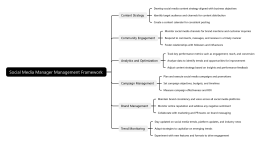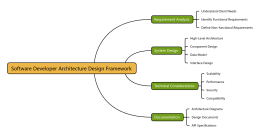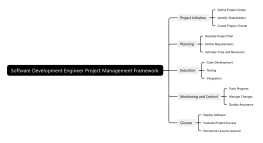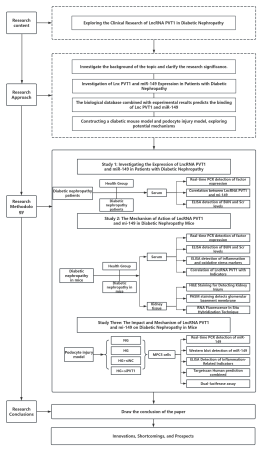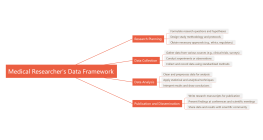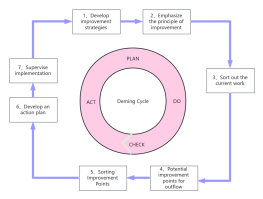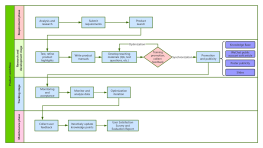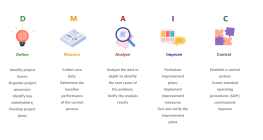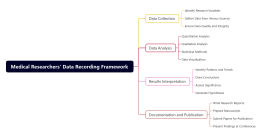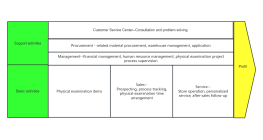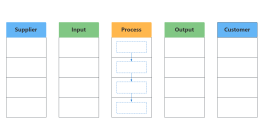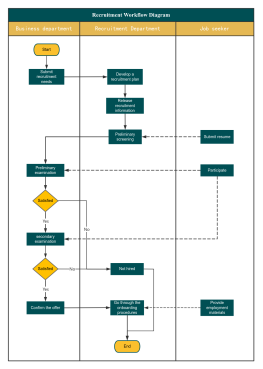Medical Workflow Improvement Framework
2024-07-26 08:23:47 215 2 Report 0
0
Login to view full content
This mind map provides a comprehensive framework for improving medical workflows, focusing on key areas such as workflow analysis, process streamlining, communication enhancement, patient engagement, quality assurance, and training and education. It outlines steps to map out current medical workflows, identify inefficiencies, and gather feedback from healthcare providers. Simplifying and standardizing routine tasks, automating manual processes, and using workflow management systems are suggested for streamlining processes. Enhancing communication involves improving channels between team members, implementing secure messaging platforms, and establishing protocols for information sharing. Patient engagement is enhanced by involving patients in care decisions, providing educational materials, and offering remote monitoring and telehealth services. Quality assurance is addressed through quality improvement initiatives, KPI monitoring, and regular audits. Finally, the framework emphasizes ongoing training and education for healthcare staff, promoting a culture of continuous learning and improvement. Implementing these strategies can lead to more efficient, effective, and patient-centered healthcare delivery.
Other creations by the author
Outline/Content
Workflow Analysis
Map out current medical workflows and processes
Identify bottlenecks, inefficiencies, and areas for improvement
Gather feedback from healthcare providers and staff
Streamlining Processes
Simplify and standardize routine tasks and procedures
Automate manual processes using technology solutions
Implement workflow management systems for task assignment and tracking
Communication Enhancement
Improve communication channels between healthcare team members
Implement secure messaging platforms for real-time communication
Establish protocols for information sharing and handoffs
Patient Engagement
Involve patients in their own care decisions and treatment plans
Provide patient education materials and resources
Offer remote monitoring and telehealth services for increased accessibility
Quality Assurance
Develop and implement quality improvement initiatives
Monitor key performance indicators (KPIs) to track progress
Conduct regular audits and reviews to ensure compliance and standards
Training and Education
Provide ongoing training and education for healthcare staff
Offer resources and courses on best practices and new technologies
Promote a culture of continuous learning and improvement
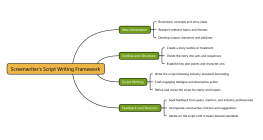
Collect
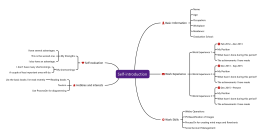
Collect
0 Comments
Next page
Recommended for you
More

